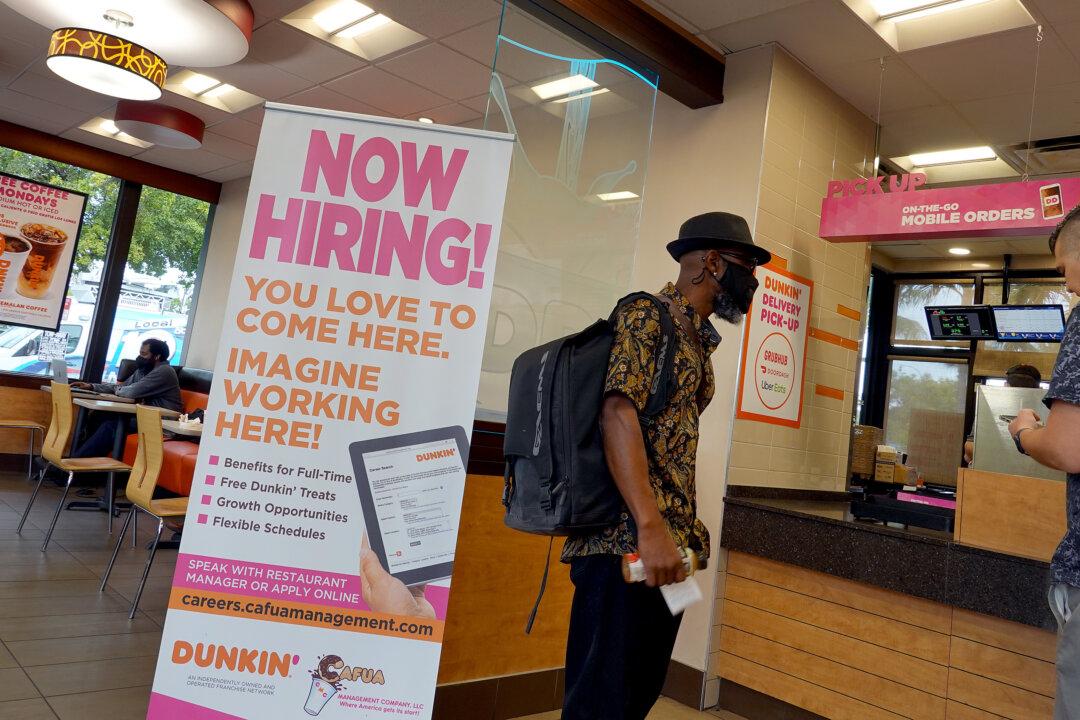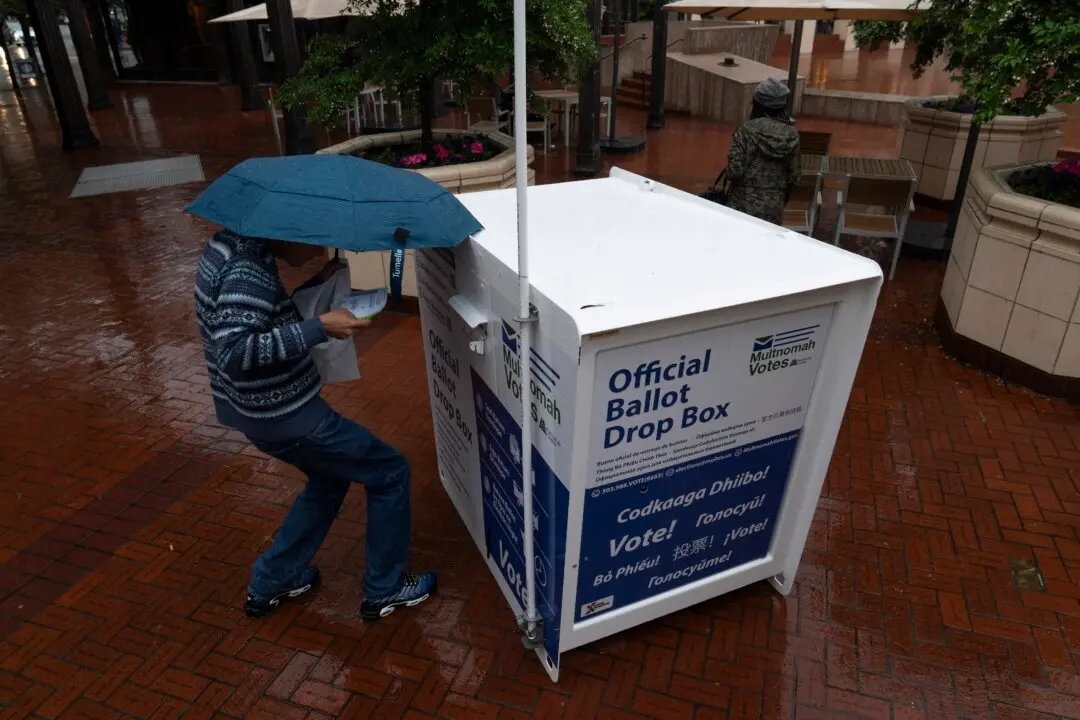The number of American workers filing for unemployment benefits last week fell more sharply than economists expected and hit a fresh pandemic-era low.
First-time filings for unemployment insurance—a proxy for layoffs—came in at 281,000 for the week ending Oct. 23, the Labor Department said in a statement (pdf). The consensus forecast was for 290,000 claims.





